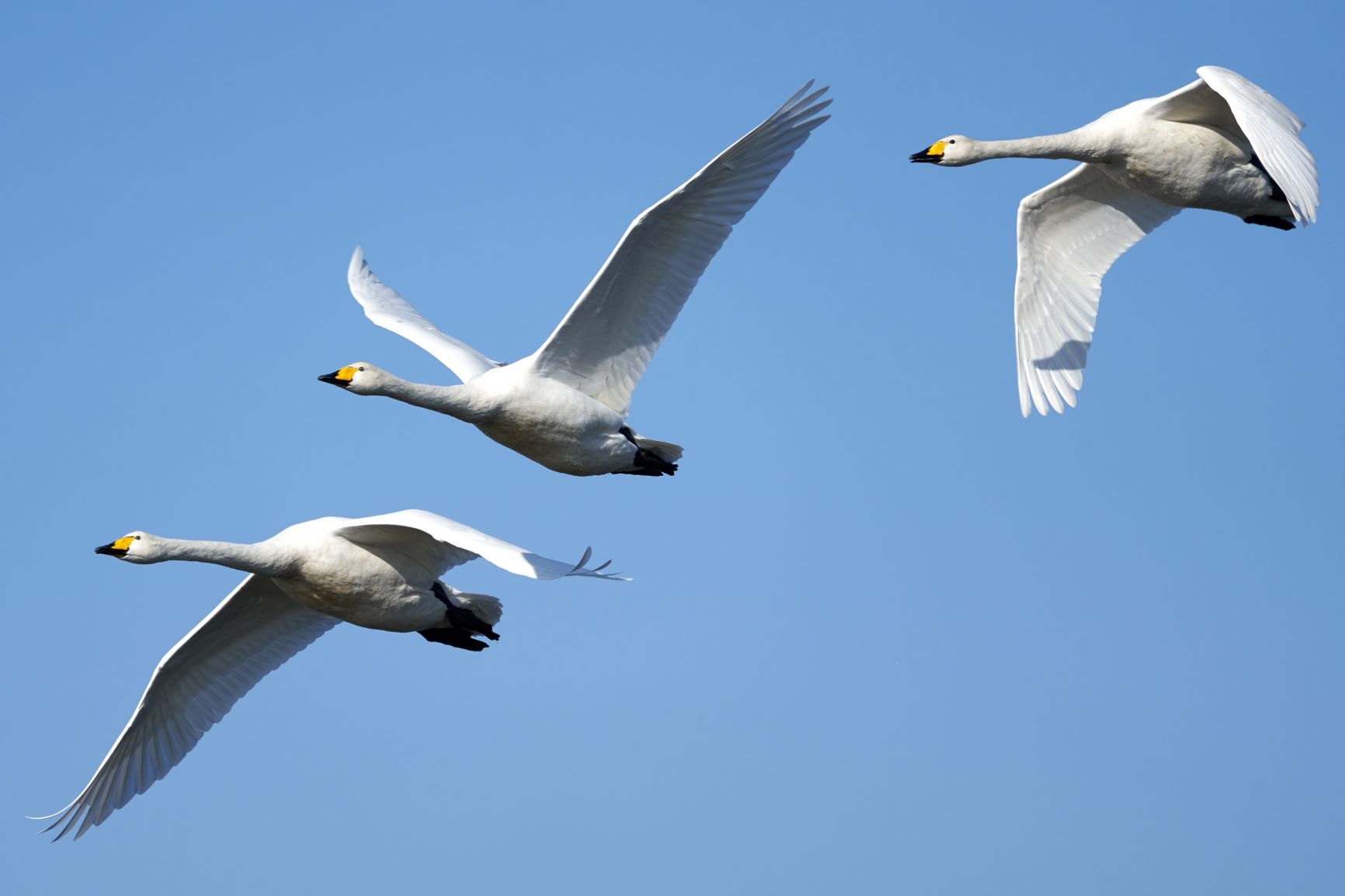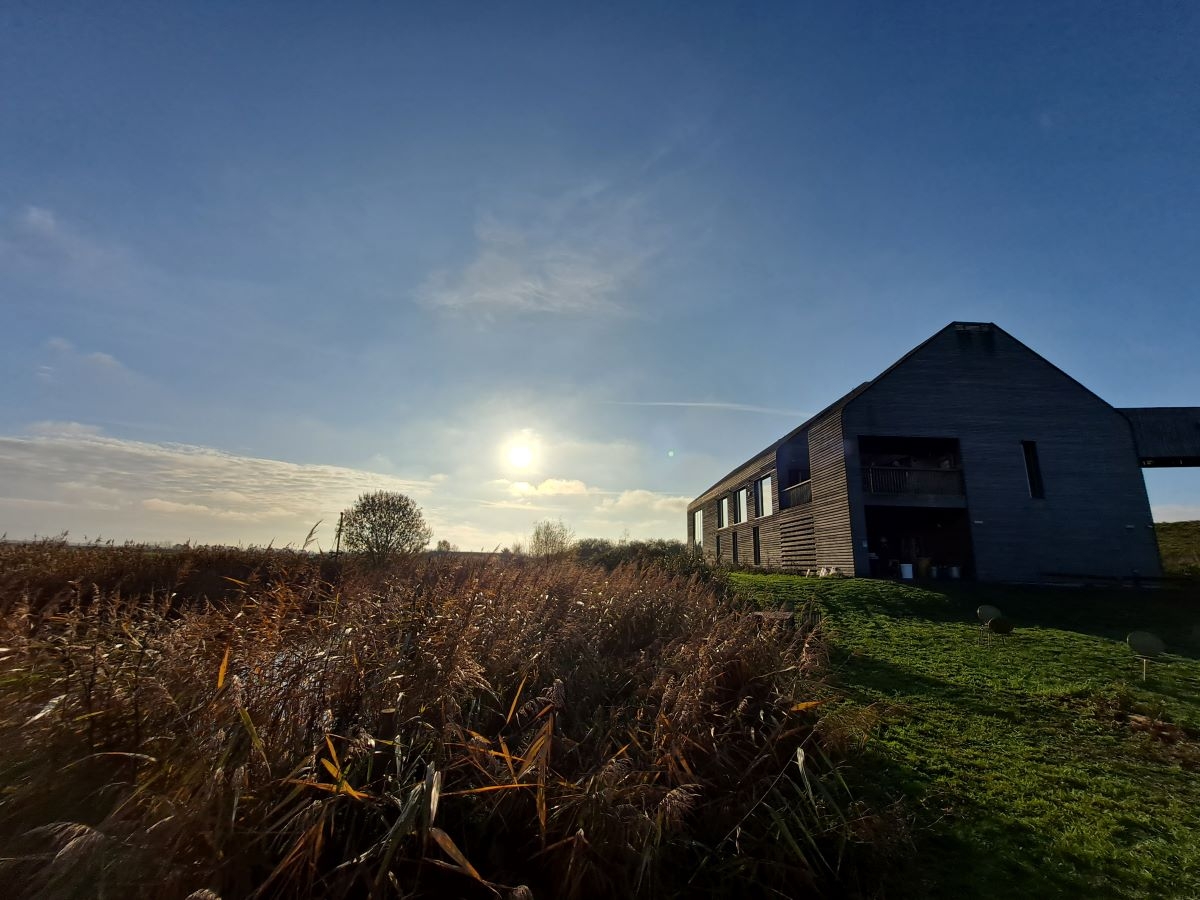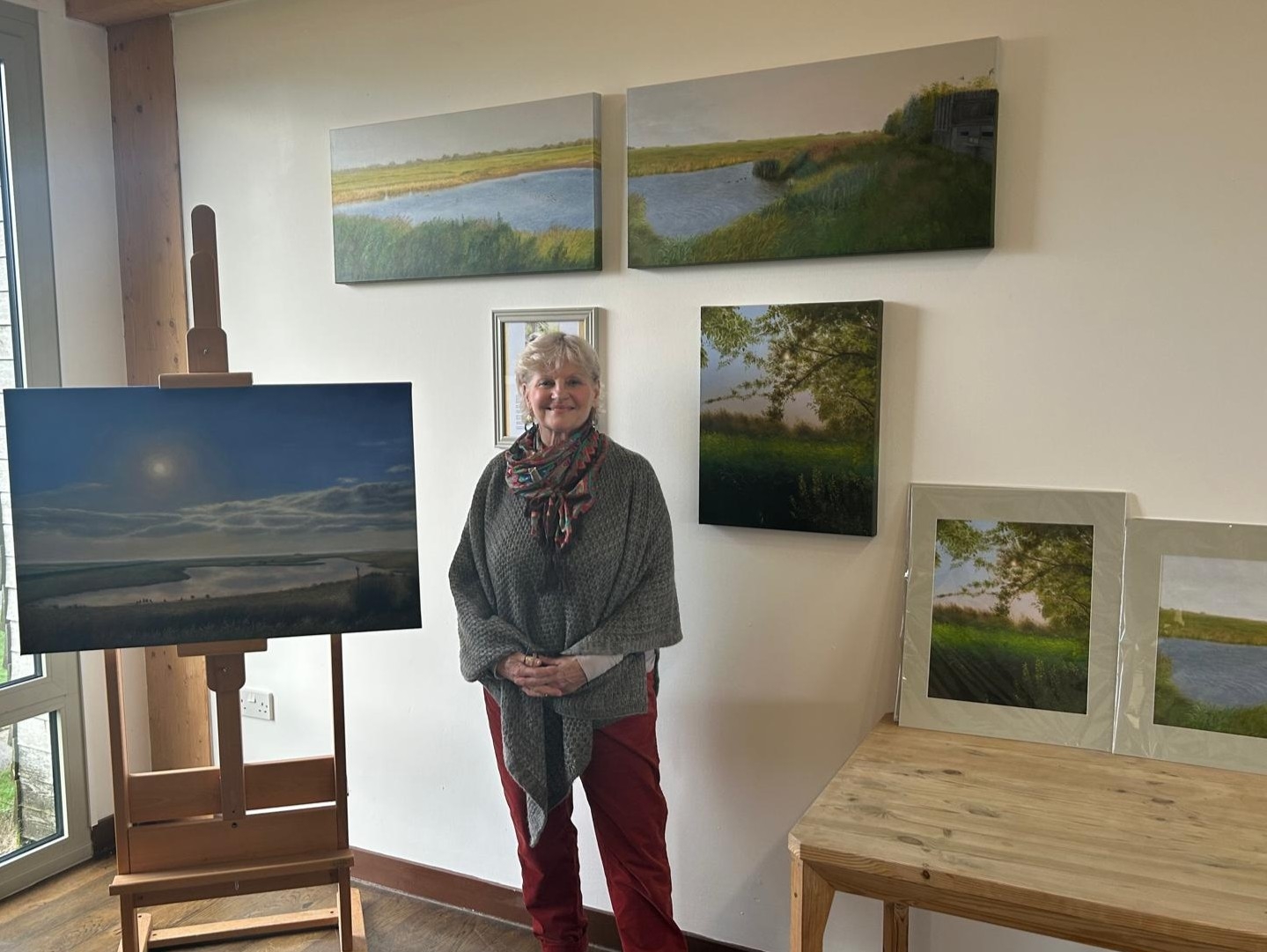Ajay Tegala shares his love of winter wildlife
Ajay Tegala shares with us some favourite winter wildlife highlights, many close to home in the Fens.
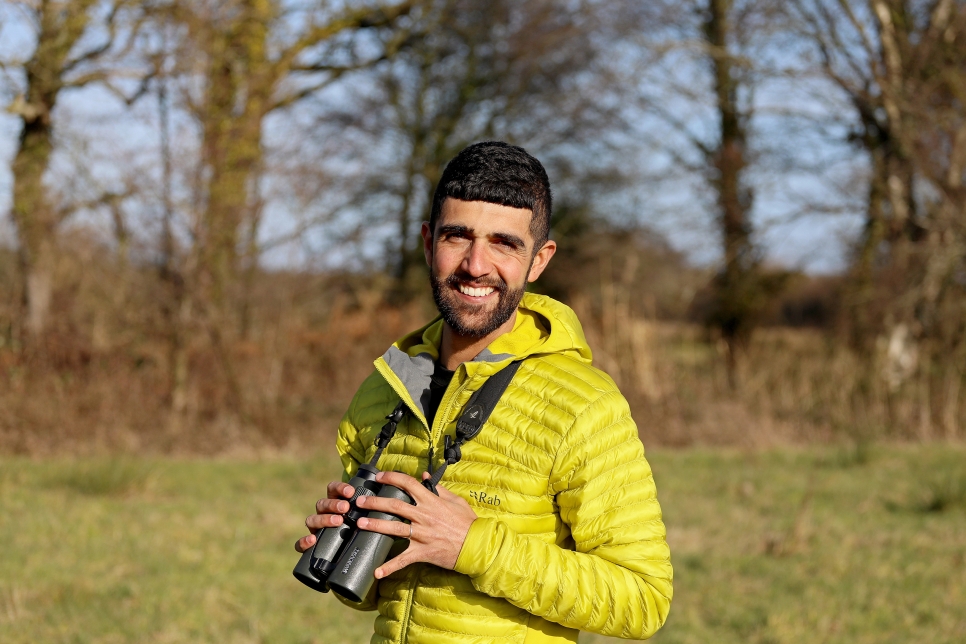
Late October = shorter days and
longer nights. When the clocks go back, many of us find ourselves travelling
home from work in darkness. Gone are the colourful butterflies that visited my
garden all summer and the energetic dragonflies that frequented our pond. The
wood pigeon still drinks from it daily. Beneath the surface - and underneath
nearby rocks and stones - frogs and newts may be hibernating, conserving their
energy throughout winter. The bats that fed on flies will soon also be laying
low (or, perhaps, hanging high!) in old trees and disused buildings. Bumblebee
queens - that helped pollinate garden flowers and crops on nearby farmland -
may be dawdling in the piles of leaves and logs we have created for them.
I take inspiration from nature, spending more time inside during the evenings. Resting, relaxing, reading. Keeping the house cosy and candlelit. But, between dawn and dusk, there are still plenty of wildlife spectacles to experience. Perhaps the most simple things to enjoy are the autumn leaves. Whether it be in your local park, woodland or country garden/estate, a walk when the trees are red, yellow, gold and bronze can be breathtaking. There is a cheerful saying I adore, ‘Autumn is a second spring when every leaf is a flower’.
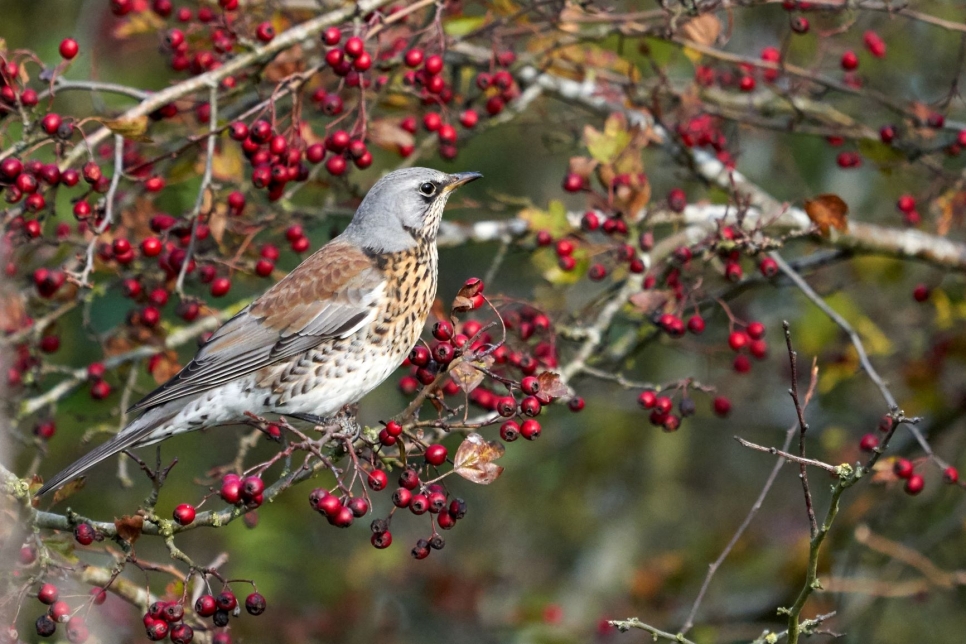
Distant travellers arrive
Berries, too, are bright colours. From red hawthorn to orange rowan to yellow sea buckthorn (if you’re near the coast); from blackberries and dark purple sloes to bright, white snowberry. Along with apples, these autumnal fruits are a vital food source for birds heading into winter. Joining garden blackbirds, migratory thrushes from across the North Sea forage on our fruit trees and hedgerows. Redwings, with their rufous under-wings and fieldfares, with their chattering calls, flock en masse. In some years, groups of colourful waxwings may also migrate to the UK and gorge on rowan berries, their particular favourite (I planted a rowan in our garden...and am still waiting for a waxwing to adorn it!).
Some of my favourite winged visitors migrate from as far north as the Arctic circle. Ducks, geese and swans, collectively known as wildfowl. To them, our British winters are mild. In certain parts of Britain, pink-footed geese bring joy when they fly in V-formation between overnight roosting and daytime feeding grounds, filling the air with their soft cries that seem to say ‘pink-feet, pink-feet’. A goose with an even softer call is the brent, which nest in Siberia (Arctic fox territory) before heading to sheltered British estuaries and coastal marshes. The soft burbles of brent geese contrast with the raspier honks of more common and widespread Canada and greylag geese.
Wildfowl are some of the louder wildlife species during winter months. So, when out walking, keep an ear out. A honking in the air may be followed by a fly-over. One of the first duck calls I learned to recognise, after the resident mallard, was the whistling of wigeon. Just a fraction smaller than the mallard, wigeon are a winter visitor. In flight, distinctive white patches on their wings can be seen. And speaking of white...
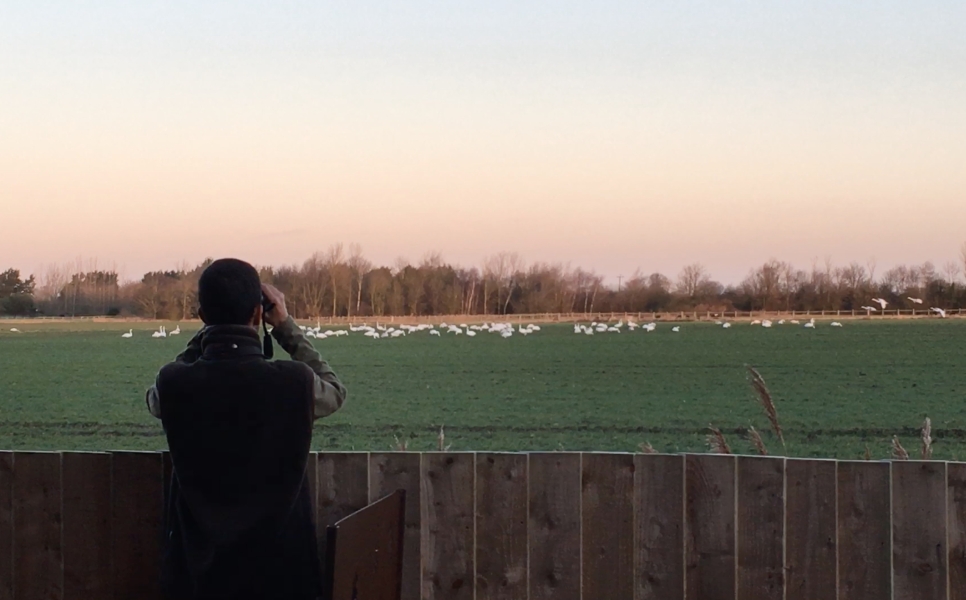
I live in the East Anglian Fens where, between October and February each year, the hoot-like calls of whooper swans bring me much pleasure. These Icelandic breeders feed on sugar beet tops, as do pink-footed geese. Whoopers often fly over our house and I always rush outside to admire their graceful flight, their beautiful white feathers reflecting orange sun. If I’m very lucky, the slightly higher pitched call of a Bewick’s swan may be heard amongst them. Similar in size and appearance, the Bewick’s swans breed in Arctic Russia. Prior to the introduction of mute swans to Britain, several centuries ago, wild swans would only be seen during autumn and winter when the whooper and Bewick’s visited.
Local winter highlights
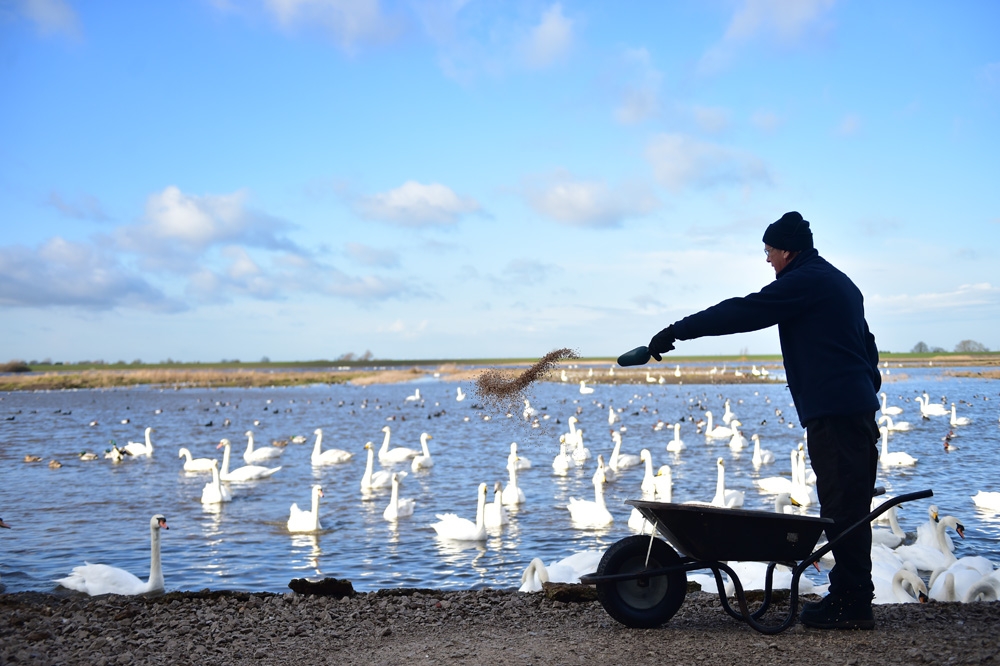
A great way to see this seasonal swan spectacle is at WWT Welney Wetland Centre, where they can be seen up-close - and even floodlit - from heated hide during regular swan feed events. Welney also run winter hare walks, on Thursdays and Saturdays, where you can survey the open fenland landscape for this beautiful, charismatic animal. The shorter vegetation can make hares easier to spot and sunshine sometimes even prompts males to search for females, resulting in a bit of early boxing. A full winter of activities and events awaits.
Plan your visit
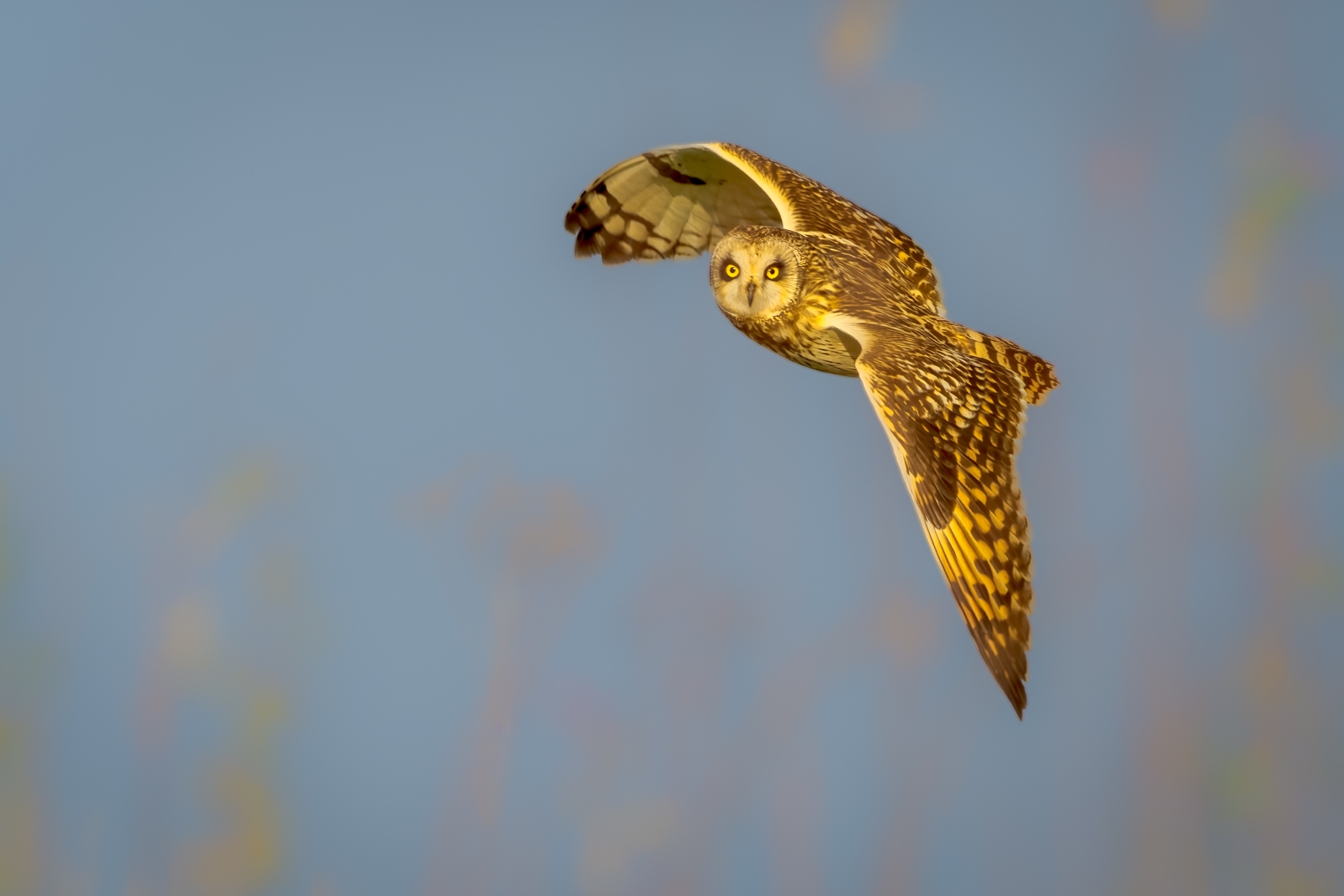
The Fens are also a good place to look for short-eared owls, which hunt in rough grassland by day, and barn owls silently hunting along ditch edges at dusk. The latter glows ghostly white when illuminated by car headlights. Favoured owl prey items are voles and other small mammals (and even the odd small bird!). Reedbeds and wetlands across wider Cambridgeshire, Norfolk and Suffolk support a whole host of bird life throughout the colder months of the year. These include rarities like the cattle egret, recently increasing in numbers across the Ouse corridor. It is always worth keeping an ear out... you may just hear the bugling call of cranes, Britain’s tallest bird at 115cm, their population is also growing.
Over at the National Trust’s Wicken Fen, one of the country’s rarest birds of prey roosts on the ground in the safety of sedge and reedbed. As the sun sets, small numbers of these elegant raptors can sometimes be watched from the visitor centre. Male hen harriers are a beautiful grey while females and juveniles are brown with white stripes on their rump, earning them the descriptive name of ‘ring-tails’ (the name ‘hen harrier’ comes from the fact they were historically observed predating hens ...as well as small mammals and other birds).
Its all in the time of day
Dusk, and indeed dawn, are wonderful times for a wildlife walk, when birds often on the move. With dramatic, fiery skies and golden light, a winter walk can be brilliant for well-being, even if little nature is encountered. For me, a misty, frosty morning is unbeatable, ice-encrusted reed-heads glistening; a perfect start to the day. Wrapping up warm and blowing away the cobwebs is a perfect way to get a bit of exercise and clear your mind. And this time of year also provides a perfect opportunity to create a little bit of important habitat, giving something back to nature...
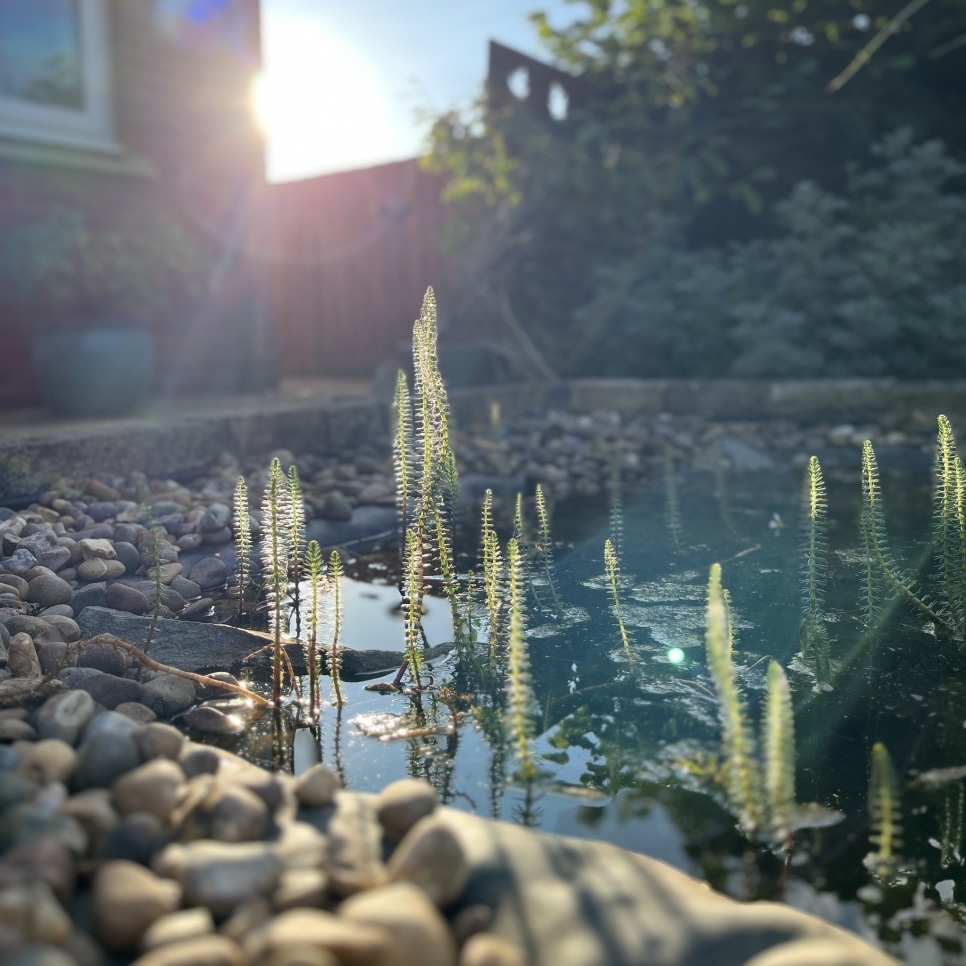
Winter is a the ideal time to plant trees and hedges, when they are dormant and therefore less likely to get damaged. Trees and shrubs provide future autumn berries for birds, while early-flowering plants can benefit those first pollinating insects to emerge after winter (and bees taking flight during winter itself). Creating a nature pond in the garden is one of the most satisfying things my partner and I have done. As a lifelong lover of wetland wildlife, I really enjoy having a mini wetland of my own to watch throughout the seasons. Nature thrives in healthy wetlands, enriching our lives - and there is something so calming about sitting beside water. Whether large or small, wetlands are so important for wildlife and people learn more about these incredible places. Even if you don’t have much space, a drainpipe can be turned into a mini-pond, creating your own wetland reserve.
